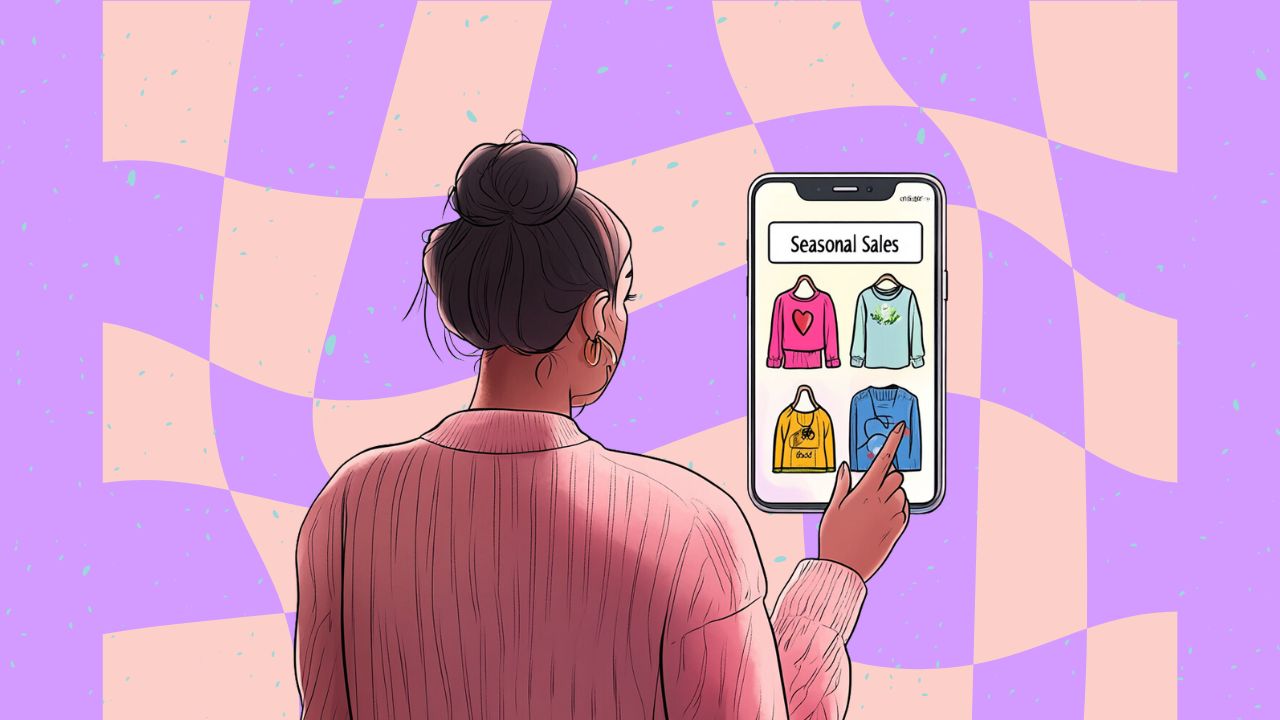If there’s one thing that has been well established in the mobile ad tech space, it is that the number of smartphone customers across the globe is increasing year-on-year. Part of this surge has been attributed to the pandemic, that left customers with little choice, but to turn to their smartphones for their basic needs of communication, entertainment and news. Increased content consumption led to increased exposure to ads. In the absence of ads being served to the right audience with the right intent at the right point emerged annoyed digital customers, and resultant wasted ad spends creating a unique set of challenges for marketeers.
Interestingly, but not surprisingly, along with the increased dependency on smartphones, customers increasingly used their devices to perform a variety of tasks from learning a new skill, to grocery shopping and banking. Mobile became the answer to various fulfilments – from need gratification to brand amplification. The customer purchase journey has been redefined, perhaps forever. What we witness now is a shorter gestation period in purchase cycle, through tech-adopting customers, confident buyers and an enigmatic matrix of untapped audience.
The unprecedented shift has created a priceless opportunity for marketeers, compelling them to transition from a traditional marketing mix to a digital-first, or rather mobile-first choice. Statistics have pointed out that marketeers have been quick to leverage search and social media networks to reach numerous market segments across the globe. This approach, however, has inadvertently, resulted in brands competing zealously for customers’ attention at every click and scroll. More ads – sometimes irrelevant, sometimes targeted incorrectly – lead to rather disgruntled, annoyed customers, doing more disservice to brands than being an effective customer acquisition strategy.
Avoiding the avalanche of ads, customers over a period, unconsciously turn a blind eye to these campaigns. This is a unique challenge for brands, because by constantly vying for the customer’s attention, they are only pushing the otherwise interested, quality customers away. So, even though brands may continue to increase their ad spends on the preferred digital channels, the resulting ROI is not incremental.
It is paramount for brands to take a step back and explore alternate channels to address the problem of ad fatigue. A strong catalyst of paid campaign performance are mobile handset manufacturers (OEMs) who are increasingly proving effective in reaching highly engaged mobile users.
Leading performance marketing platforms like VEVE leverage its robust partnerships with leading smartphone manufacturers to empower 1000+ brands to achieve their marketing KPIs through an extended reach of 500+ million users. OEM advertising helps brands reach an engaged audience who are ready to interact with brands at strategic touchpoints throughout the user’s mobile journey. Serving as a source for incremental ROI, VEVE enables mobile ads through OEMs at various touchpoints across the mobile real estate that corresponds to the customer’s purchase journey. With this, brands across industries such as BFSI, e-commerce, gaming, entertainment, travel and others, are engaging customers with meaningful, relevant ads natively. This ultimately results in high-quality leads, app installs, downloads, conversions, and more – a performance marketeer’s dream come true.
Did you find this helpful?
Fill the form below to get more information on VEVE’s solutions in your inbox. Our sales rep will also reach out to you shortly.






